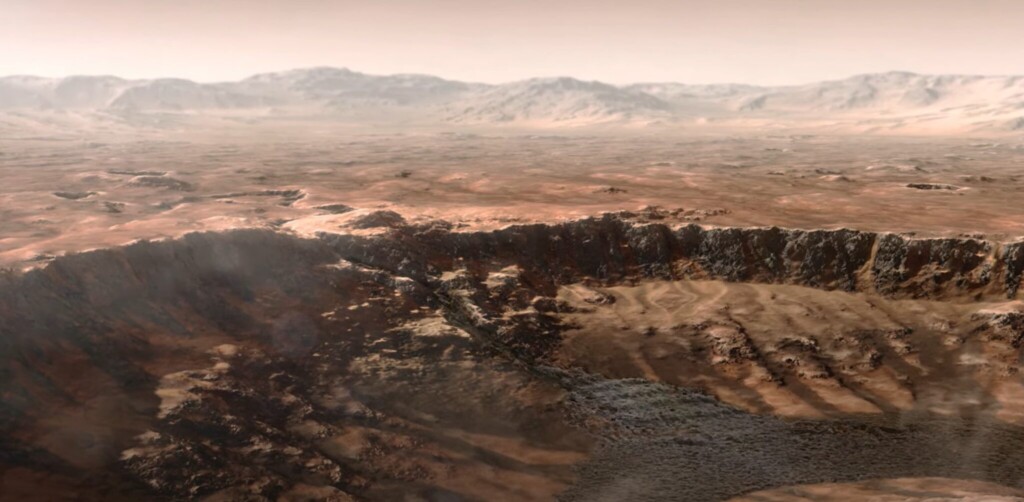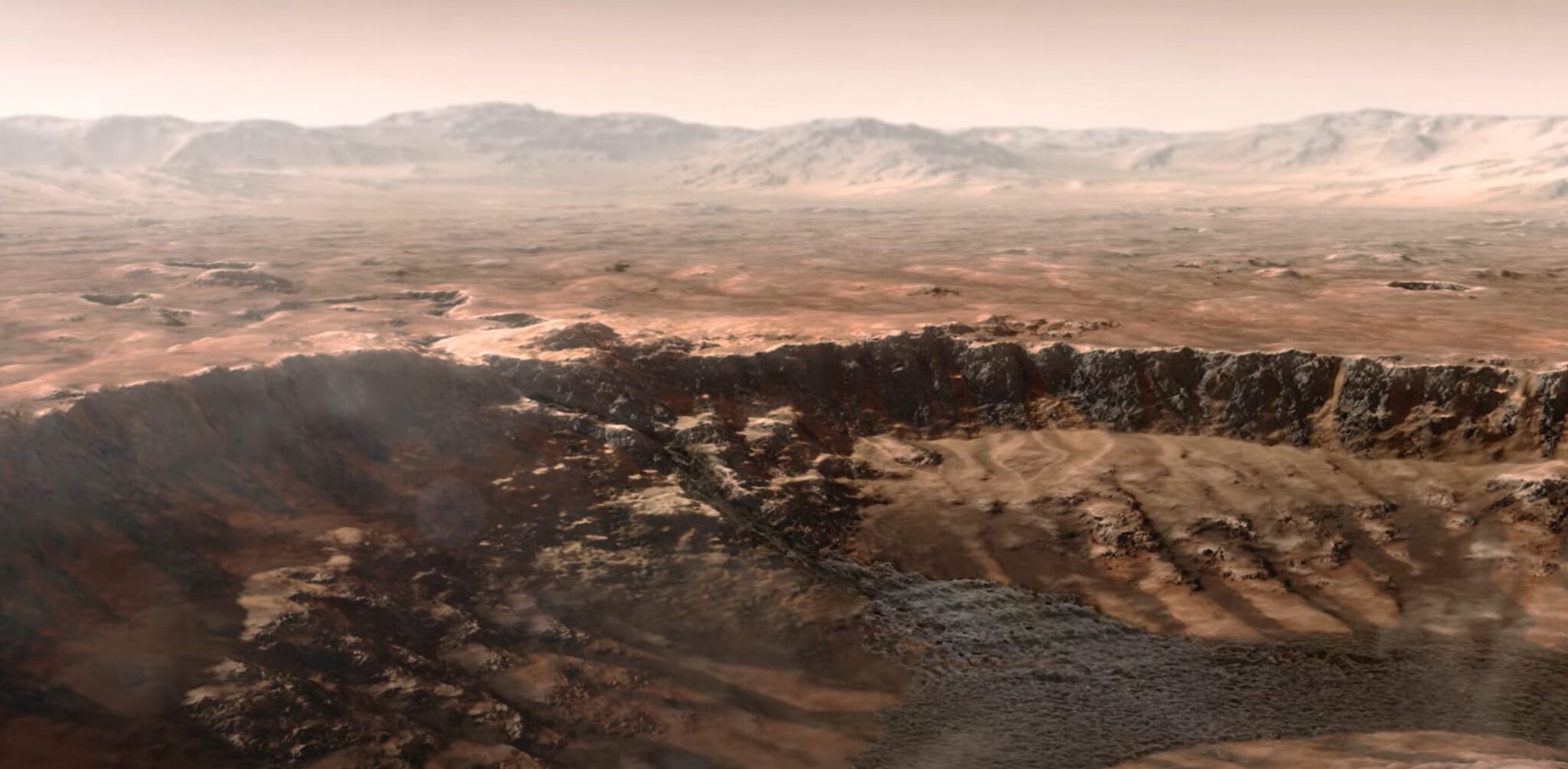
NASA’s Perseverance rover has officially completed exploring Jezero Crater, an ancient crater lake that the agency determined would be an excellent place to search for signs of life.
Having just passed its 1,000th day of operations, Perseverance has collected 23 samples of regolith, containing silicates, fine-graned silica, phosphates, and carbonates—in other words, a recipe for life as we know it.
Ever since the 5th Martian rover touched down on the Red Planet, Perseverance has been exploring a fan-shaped delta of an extinct water system.
With the help of the rover, NASA scientists have charted the path of the history of the Jezero Crater lake.
Presented at the American Geophysical Union fall meeting in San Francisco on Tuesday, Jezero formed from an asteroid impact almost 4 billion years ago.
After Perseverance landed in February 2021, the mission team discovered the crater floor is made of igneous rock formed from magma underground or from volcanic activity at the surface. They have since found sandstone and mudstone, signaling the arrival of the first river in the crater hundreds of millions of years later.
Above these rocks are salt-rich mudstones, signaling the presence of a shallow lake experiencing evaporation. The team thinks the lake eventually grew as wide as 22 miles (35 kilometers) in diameter and as deep as 100 feet (30 meters). Later, fast-flowing water carried in boulders from outside Jezero, distributing them atop the delta and elsewhere in the crater.
“We picked Jezero Crater as a landing site because orbital imagery showed a delta—clear evidence that a large lake once filled the crater. A lake is a potentially habitable environment, and delta rocks are a great environment for entombing signs of ancient life as fossils in the geologic record,” said Perseverance’s project scientist, Ken Farley of Caltech.
“After thorough exploration, we’ve pieced together the crater’s geologic history, charting its lake and river phase from beginning to end.”
The samples collected along the way have been stored in tubes about the size of sidewalk chalk, which were described before the mission launched as the “cleanest place in the universe”.
YOU MAY ALSO LIKE: NASA Just Found an Ocean World with Atmosphere–The Best Place to Look for Life in Our Galaxy
Made of sterilized sapphire, the tubes had to be prepared in such a way as to be sure that any evidence of life found upon their return wouldn’t be mistaken as Martian, when it really was a contaminant from Earth.
Using the Planetary Instrument for X-ray Lithochemistry, or PIXL, designed by NASA’s Jet Propulsion Laboratory, Perseverance has been able to color-code various mineral signatures in the ground below its wheels to determine where to drill for samples.

Phosphate, a critical component of human DNA and cell membranes shows up in green, while silica, a fine-grained material that’s excellent at preserving fossilized life on Earth, shows up as a kind of Burnt Siena.
MORE MARTIAN STORIES: Mars Rover Discovers Liquid Salt Water on the Red Planet For the First Time
Of course, Perseverance’s instruments are also capable of detecting both microscopic, fossil-like structures and chemical changes that may have been left by ancient microbes, but they have yet to see evidence for either.
The exploration of Jezero may have concluded, but the still state-of-the-art rover is far from retired, and will soon be exploring the furthest reaches of the canyon where the river would have flown into the lake. Rich carbonate deposits have been spotted along the margin which stands out in orbital images, and in any case, the rover has a lot of time to kill until the sample return mission arrives in the second half of the decade.
SHARE This Milestone Mission Update With Your Friends Who Love Space…




















